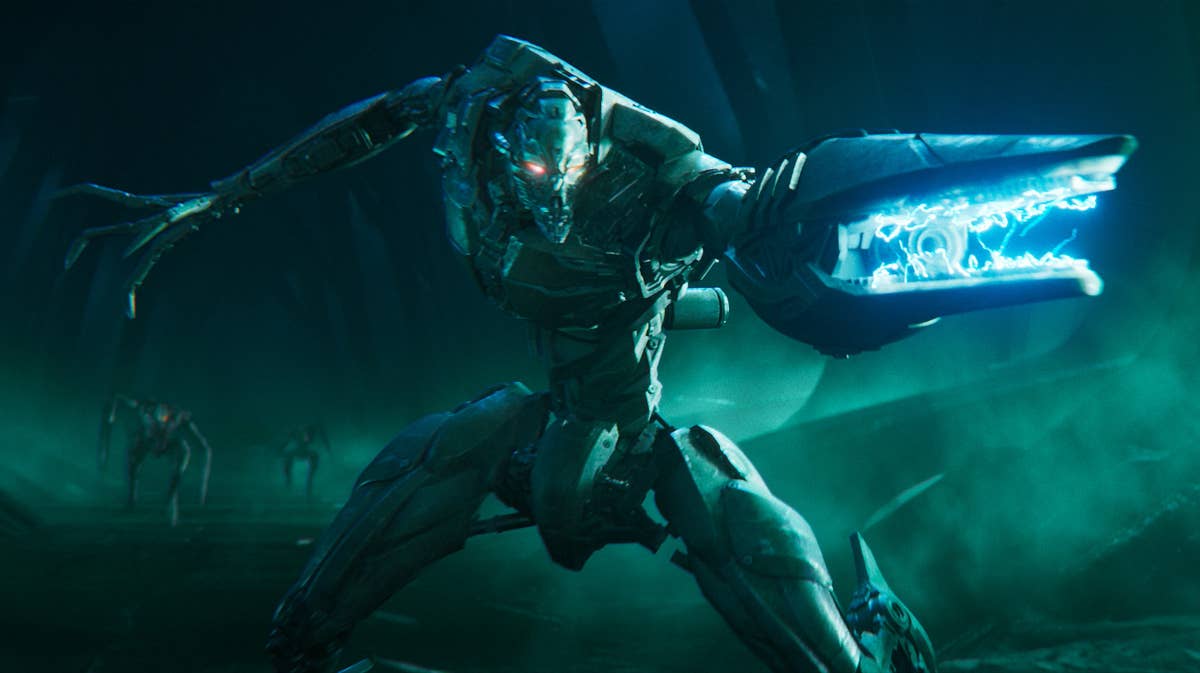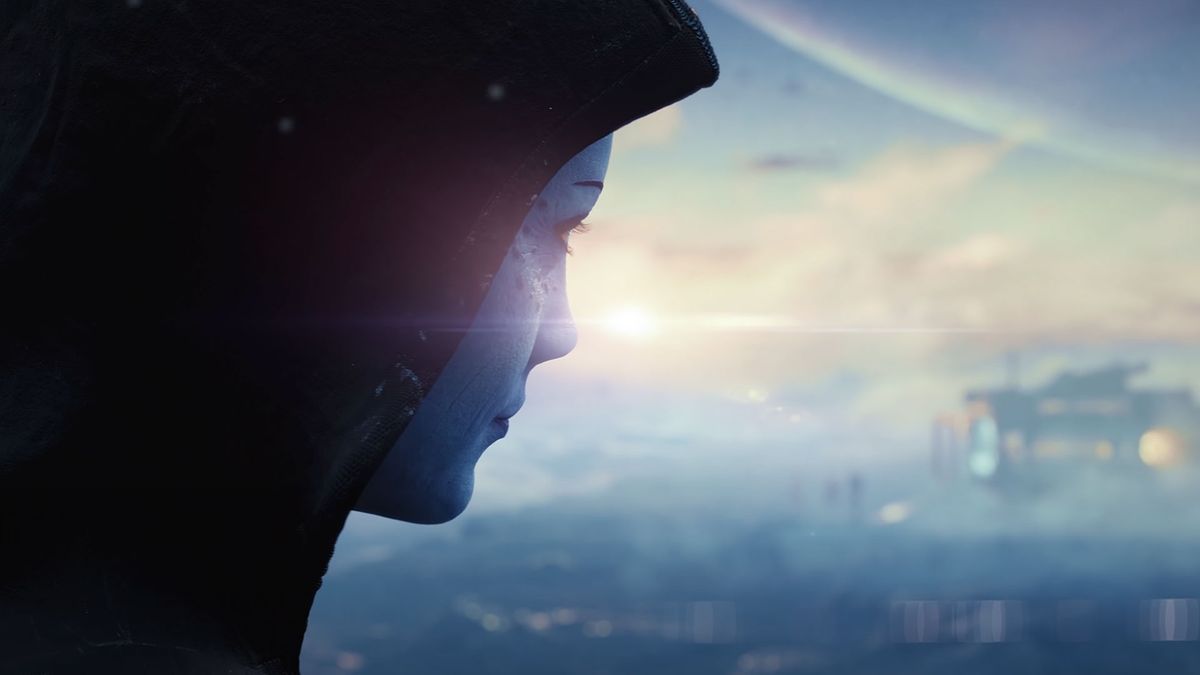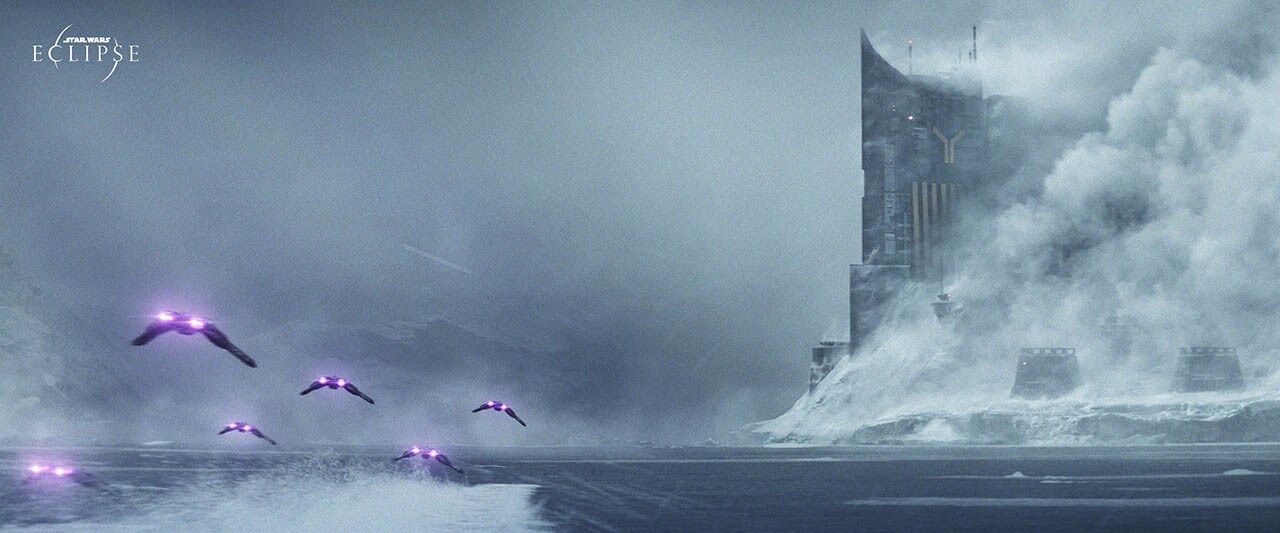Raven Software may be a support studio for Call of Duty now, but they once took modified forms of id-Tech engines and built some of the best FPS games of the turn of the century. Three of my personal favorites were Star Wars Jedi Knight II: Jedi Outcast, Soldier of Fortune and of course a very unique game in Star Trek: Voyager - Elite Force.
One would not have thought of the Star Trek franchisee being ripe for an FPS game as shooting things with phasers to a degree that would support an entire game and was never really Star Trek's style, especially on Voyager. Nontheless we got a sort of "created only for the game" elite Starfleet Hazard Team that would be sent on the most dangerous missions the regular security officers would be unable to do because... video game plot device.
Raven's gambit worked because Elite Force which leveraged id Tech 3 (used for Quake III) lent itself superbly to realise the most incredible Star Trek experience for it's time. The plot wasn't out of place in any episode of the show and the visuals were created from what must have been exhausting levels of research. Much like prior Star Trek franchise games, the entire main cast provided their characters voice overs for the game to truly cement your immersion.
There was a significant amount of scripted sequences to build tension and further the narrative but you had agency to affect the outcome through your actions which was not the norm for the time. Gameplay usually has you transport to usually hostile environments on away missions to shoot your way through alien vessels and eliminating threats with everything from your TV show accurate phasers to some interesting additions by Raven to round out the common 10-slot weapon load-out for the game genre.
Final Verdict: It's not my first time back in the 25 years since release but I still enjoy returning to Voyager - Elite Force to shoot things with phasers for about 8 hours, which is short for a game yes, but long for an episode of the show, an atmosphere that Raven so expertly recreated here and (thanks to GOG) runs great on a modern system.
Technicals: 8 hours through GOG Galaxy on Windows 11 with an RTX4070Ti
Availability: Star Trek: Voyager - Elite Force is available from GOG for €9.99. Review copy purchased in September 2023 for €5.99 from GOG.
Star Trek: Elite Force series:
- Star Trek: Voyager - Elite Force (2000)
- Star Trek: Elite Force II (2003)










